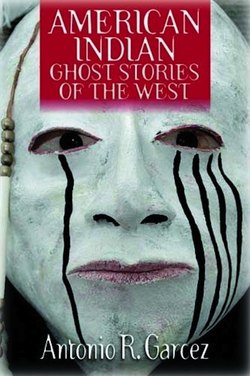Читать книгу American Indian Ghost Stories of the West - Antonio Sr. Garcez - Страница 26
На сайте Литреса книга снята с продажи.
Navajo
Оглавление(Din-neh’)
The name by which the Navajo are known is not so much the name of a people as the name of a place. The neighboring Pueblo people referred to the area of the southwest that the Din-neh’ occupied as Navajo. The Spanish who later arrived referred to the Din-neh’ as Apaches de Navajo. This label was in time shortened to simply Navajo. Given all this excess phraseology, the Navajo have always referred to themselves as Din-neh’, which means “the people,” and their homeland as Dinetah’. Current usage of either two nouns is acceptable. However, it is best to use the name that the Din-neh’ have chosen for centuries.
Today the Din-neh’ are the largest Indian nation in the United States. Presently they account for fifteen percent of the Native American population as reported in the 1990 U.S. census. Their tribal numbers are in excess of 250,000 members. Occupying a vast area of the southwest, spreading across parts of Arizona, New Mexico, Colorado and Utah, Din-neh’ land encompasses an area larger than the states of Connecticut, Rhode Island, Massachusetts, and New Jersey combined. Chinle, near the geographic center of the Navajo Indian Reservation in northeastern Arizona, is at the entrance to Canyon de Chelly National Monument. Chinle became a center for population growth and trade after 1868 when the United States signed a treaty with the Navajos. The first trading post was established in 1882, the first mission in 1904, and the first government school in 1910.
Today the community, at an altitude of 5,082 feet, has been designated one of the major “growth centers” on the Navajo Reservation by the tribal government. It is an important trade, administrative, and educational center within the Chinle Chapter (a local government unit) and is headquarters for the Chinle Agency, one of five Bureau of Indian Affairs administrative jurisdictions on the reservation.
